What the Microsoft Store does right (and wrong) compared to rival app stores
The Microsoft Store, love it or hate it, is a big part of Windows 10. Here are our app expert's thoughts on the state of the Microsoft Store.
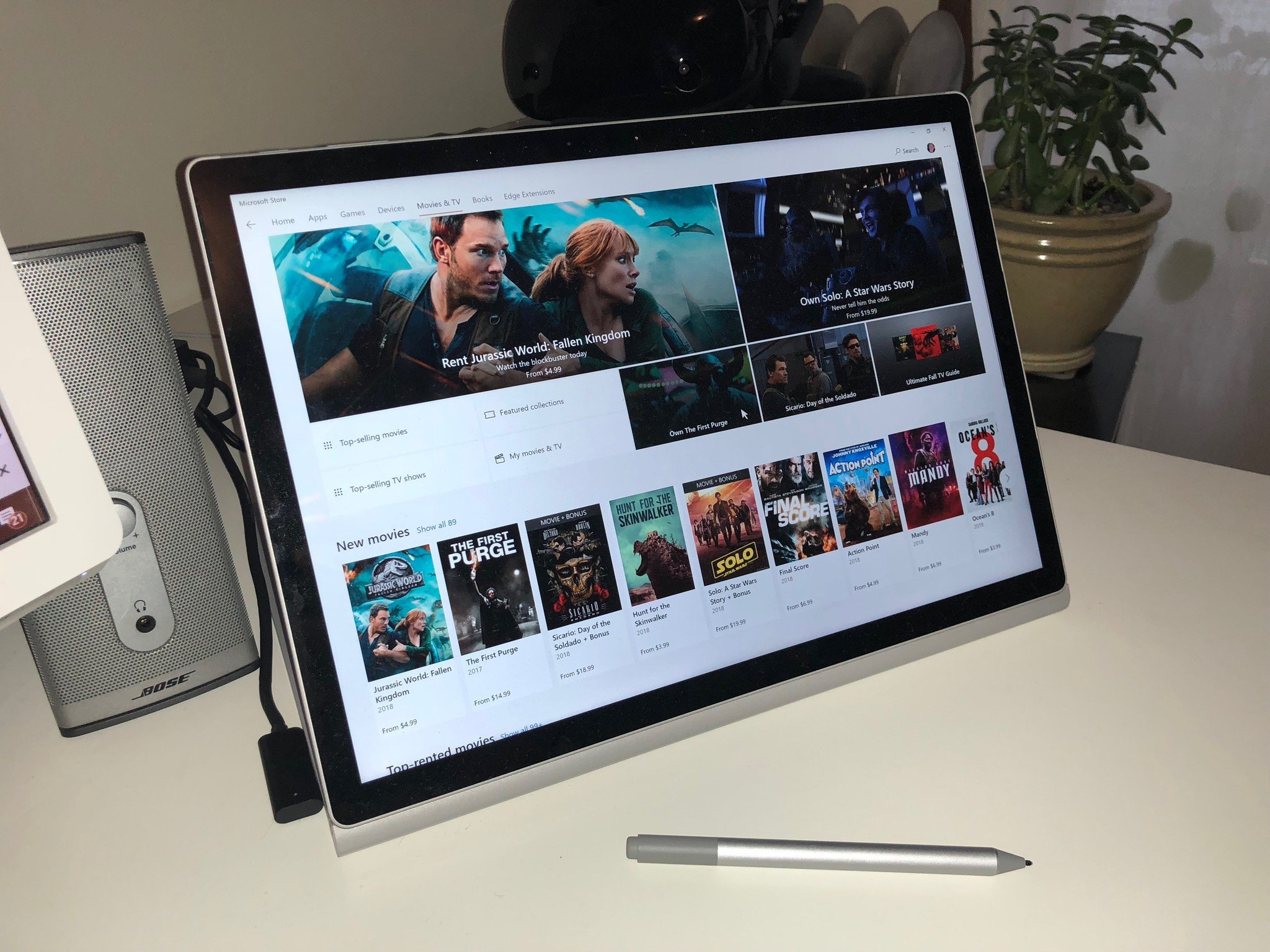
The Microsoft Store has experienced significant change over the last few years. On one hand, it has been bolstered by the growth of progressive web apps (PWAs), the success of Microsoft's Centennial Bridge, and some big-name companies adding their apps to the store. On the other hand, it's seen its mobile phone component abandoned by Microsoft and still lacks apps from many developers large and small.
I spoke with multiple developers who are veterans of the Microsoft app ecosystem to gain insight on the state of the store, ranging from what would make it more successful, how it stacks up to other stores, and how it faces a unique position of competing with a core part of Windows itself. More specifically, Ben Fox from User Camp and Niels Laute, the developer behind Huetro for Hue, helped me see the store in a new light. What follows is a summary of my own opinions and those of these two developers.
No direct comparison
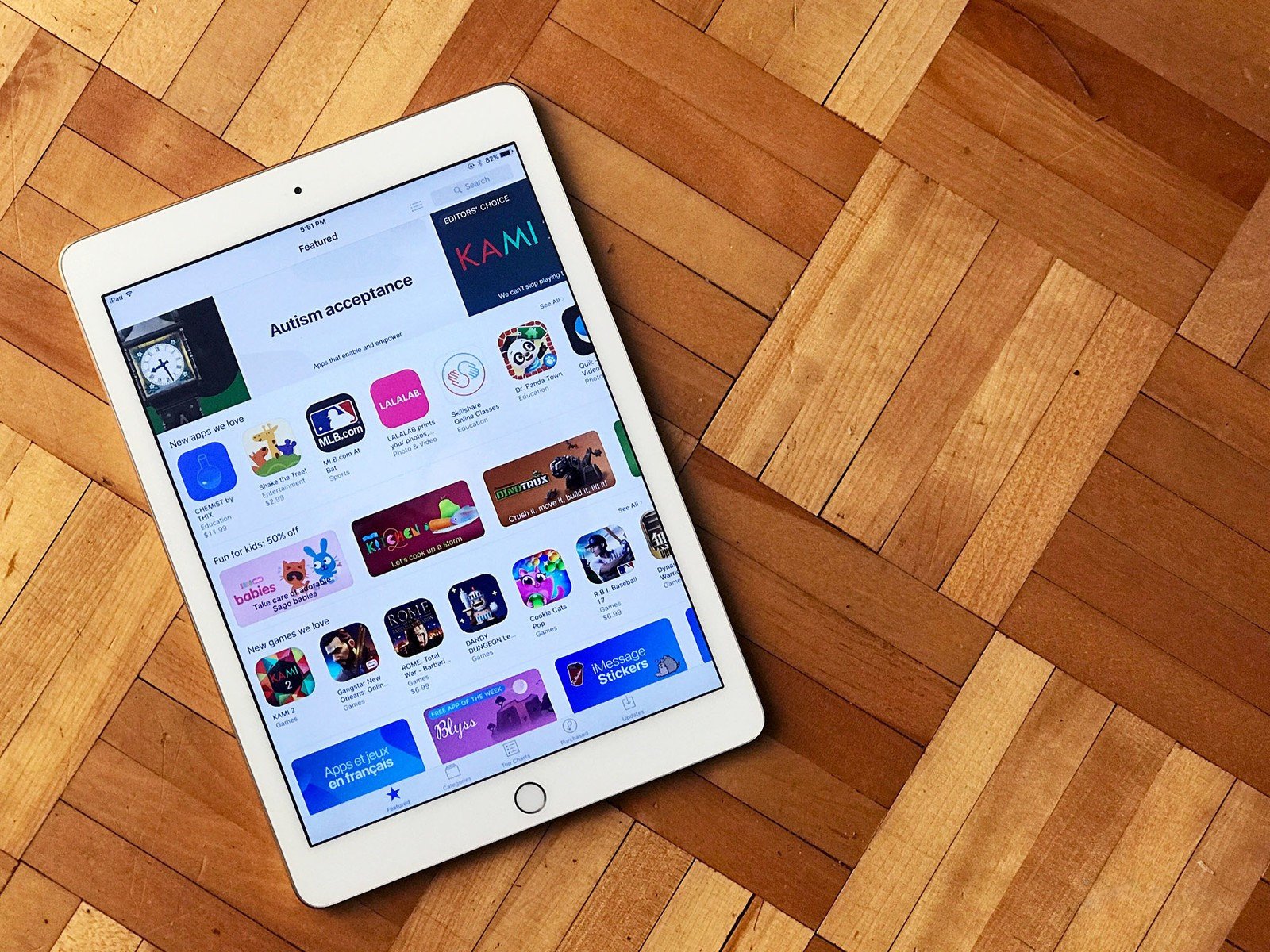
The Microsoft Store is difficult to compare to other app stores because it's unique. It is a unified vision of both code being shared across form factors by developers and a marketplace for users that includes apps, games, movies, browser extensions, and hardware. There is no other app store that has this combination, but the Microsoft Store still struggles to grab many users' and developers' attention.
iOS is considered the most successful app store by many, and when it comes to apps for phones and tablets, the Microsoft Store pales in comparison. Windows 10 Mobile is dead, and tablet mode and the library of tablet apps on Windows 10 is far behind that of Apple's iPad. The Microsoft Store is also behind Android when it comes to phone apps and to a lesser extent tablet applications. But you can't just measure the Microsoft Store on mobile use because the vast majority of its users are on PCs.
With Windows 10 reaching 700 million devices, there is a massive potential install base. While a large portion of users will never install something from the app store, developers have taken note of the audience and brought over their apps. Affinity Photo, Slack, and Adobe Photoshop Elements are just a few powerful desktop applications on Windows 10 compared to lighter variants and similar apps on mobile platforms.
You can make similar comparisons for Windows Mixed Reality versus the Oculus Store, and gaming in the Microsoft Store versus Steam, Blizzard, and Epic. But, again, these are segmented comparisons. The Microsoft Store ranks highly for desktops, poorly for mobile, and competes in other areas. That makes it difficult to rank the Microsoft Store as a whole and measure its success.
The Microsoft Store has become a place for powerful apps
All the latest news, reviews, and guides for Windows and Xbox diehards.
What does success mean for the Microsoft Store?
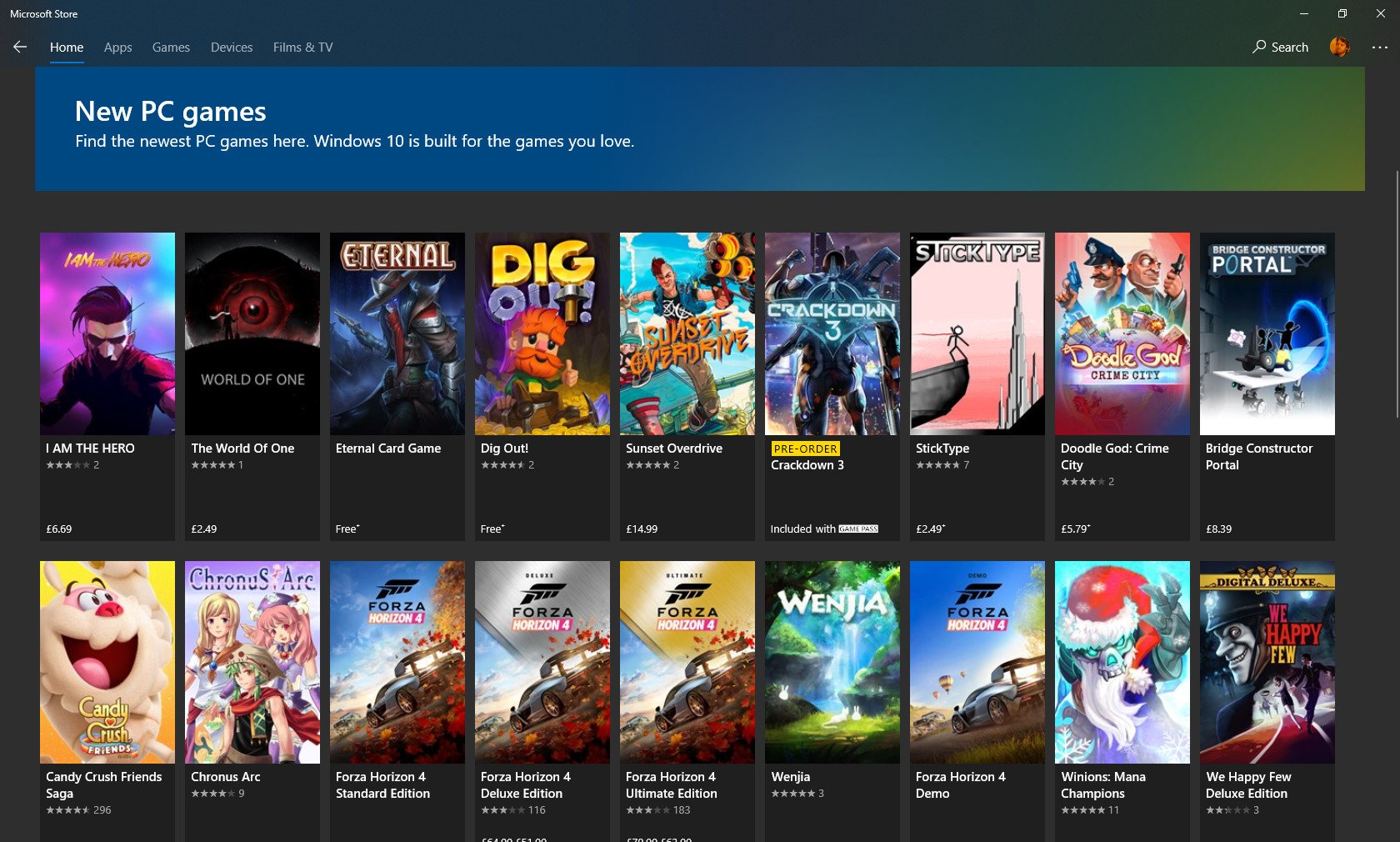
Not only is the Microsoft Store difficult to compare as a whole to any of its competition, it is also complicated because what would be considered "successful" isn't clearly defined for the Microsoft Store. In an ideal world for those in Redmond, the Microsoft Store would have turned into a popular marketplace for apps on all form factors and would have driven the company's efforts from mobile to Mixed Reality forward. That obviously hasn't happened, so in that specific measurement of success, I'd say the Microsoft Store is a failure.
But that's only one way to look at it. Is the Microsoft Store intended to be a consistent revenue stream for Microsoft? Is it meant to be a driving force pushing developers to make true UWP apps? Is it meant to be a safe and secure way for users to get applications from developers both large and small? Or is it supposed to become the home of enough applications to make "Windows 10 Lite" (or "Santorini") and Windows 10 in S Mode viable alternatives for casual consumers?
I'd argue that the people at Microsoft initially wanted to make money and to be a massive marketplace extended across all form factors, but that has shifted towards my last two points. Microsoft's leadership wants to push Windows 10 into the modern computing space that includes Chromebooks, tablets used for work, and lightweight computing. If the Microsoft Store can become a singular location for users to get all the apps and extensions they need to enjoy media, do light computing, and browse the web, I'd imagine the folks at Microsoft will count that as a win, even if it wasn't their initial vision.
Competing against an open OS
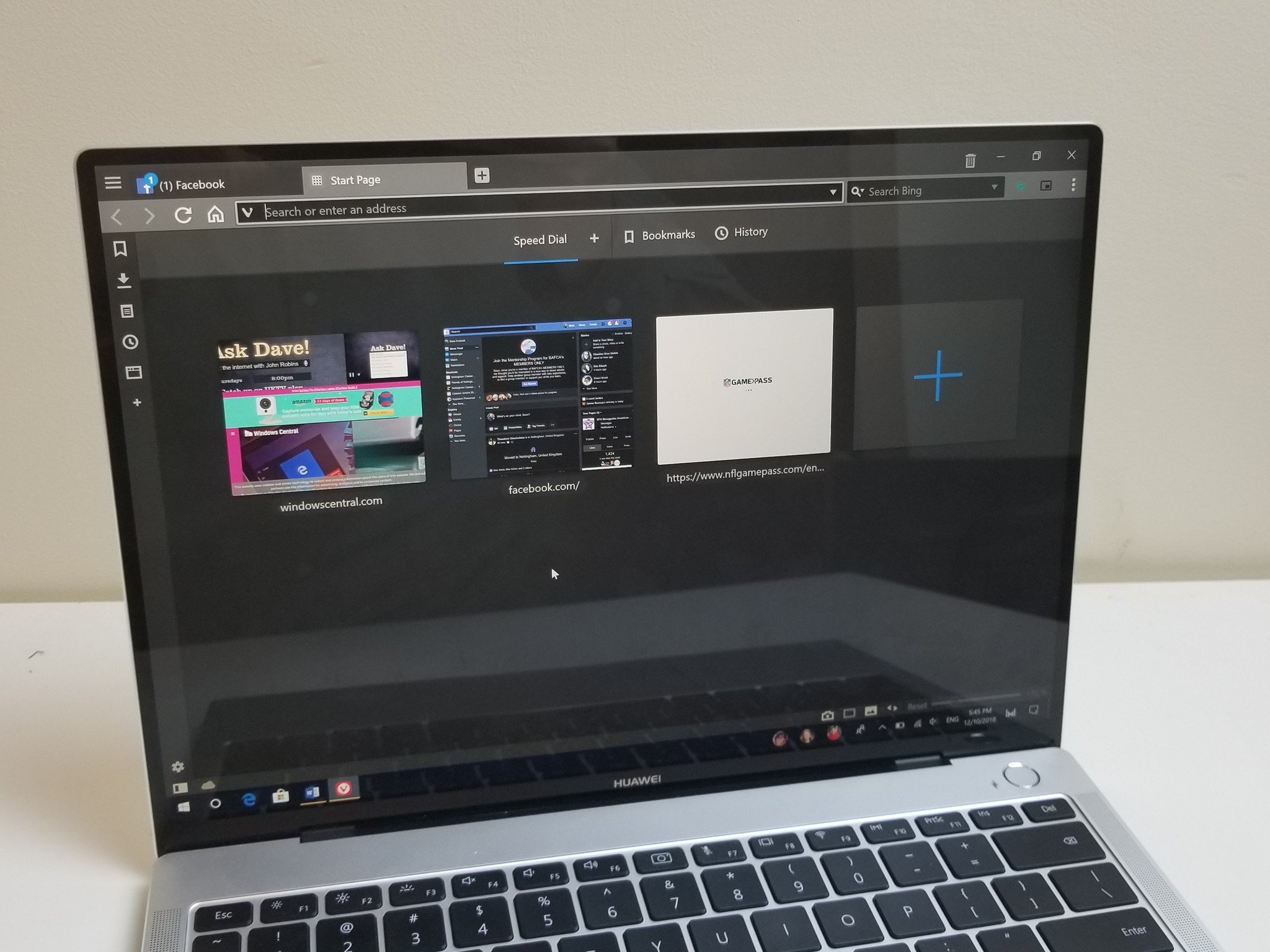
Windows has been around for decades, and it ran without a Microsoft Store for the vast majority of that. Users can download an .exe file from any website to install a program onto their PCs. For most users, this is what they've grown accustomed to. As a result, the Microsoft Store is competing against the openness that Windows provides.
When smartphones and tablets became popular, the only way to do quite a few things was through apps, thus the "there's an app for that" ad campaign. To a large extent, that's still the case for tablets that aren't also full PCs. Windows' longevity and support for legacy software means that users can get apps or play games from a variety of sources, including older sites.
In addition to users having many options, developers have to choose if the Microsoft Store is worth it. By using the Microsoft Store, developers get discovererability, clean installation and uninstallation, and more. But for some developers, that doesn't really matter.
Take Adobe for example. The people there put Photoshop Elements into the Microsoft Store but none of their full creative suite is in it. And you could reasonably ask, why should they put it there? Adobe wants people to buy Creative Cloud and other Adobe software on their PCs. Adobe doesn't need help being discovered, and it certainly doesn't want to give a portion of its proceeds to Microsoft. It's worth pointing out that you can make an app free to download but require a service subscription like Spotify does for Spotify Premium. But even with that being the case, it's reasonable to think Adobe doesn't need the Microsoft Store.
Other developers, such as Laute and Fox from Huetro and User Camp respectively, were helped immensely by the store putting their apps into the face of users. Fox pointed out to me that Microsoft has a section for pen-centered apps in the Microsoft Store and that users can click that, see Penbook, and install it with only a few clicks. He added that gaining that level of exposure and ease of installation through an ad campaign would never be profitable and that the Microsoft Store does it with ease.
Gaming competition is no game on PCs
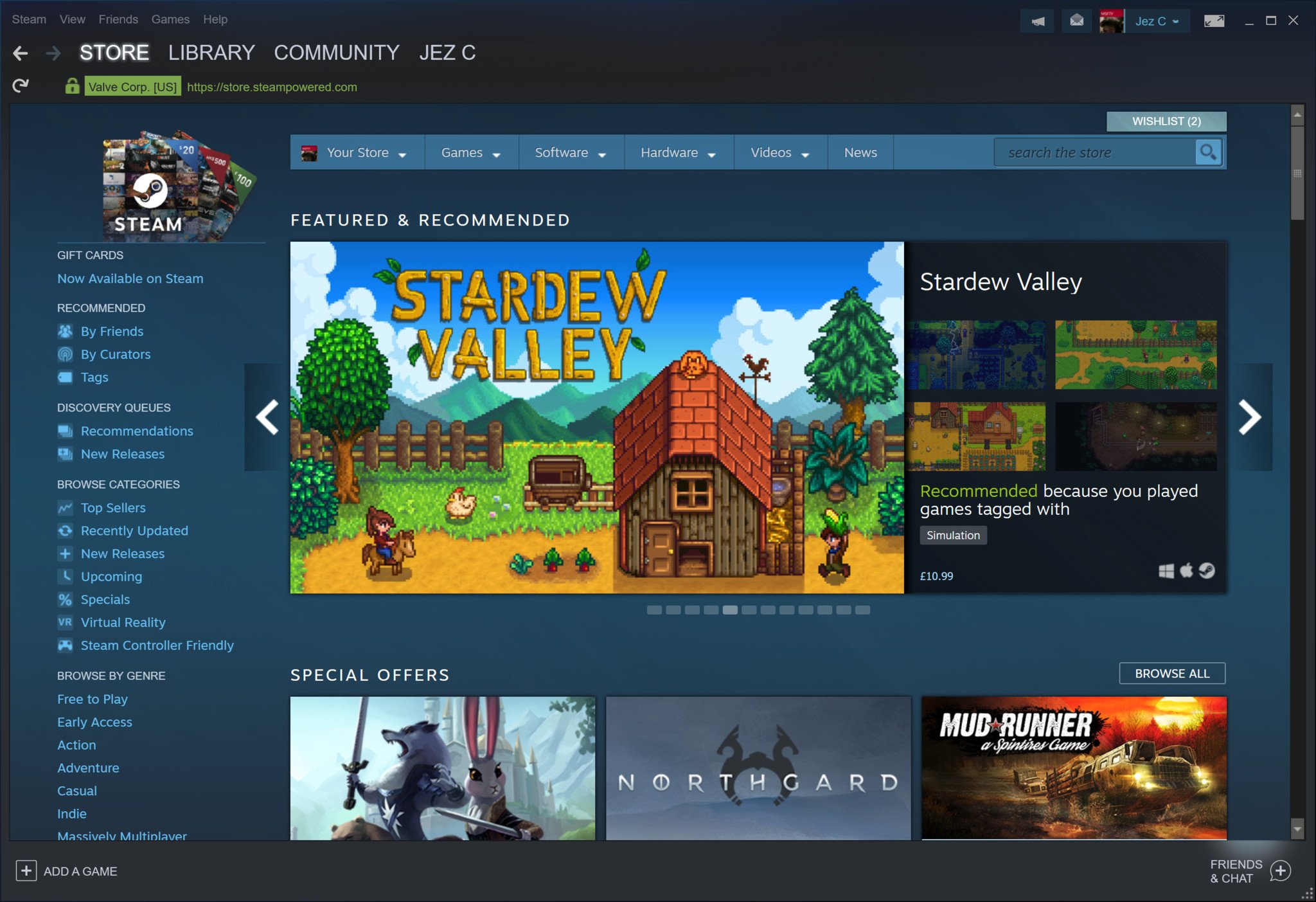
Gaming is the part of the Microsoft Store that lacks the most compared to the competition right now, if you don't count mobile, which was forfeited. Gaming on PC is dominated by Steam and other stores like Blizzard and Epic. Steam offers a plethora of benefits including great deals, customization, modding options, and more that the Microsoft Store just can't compete with right now. The social setup of Steam is also better in many people's opinion than what Microsoft provides.
The gaming portion of the Microsoft Store is currently a good idea with poor implementation and it has competition that doesn't share the same flaws. For those hoping to see improvement, Phil Spencer, Microsoft's head of gaming, recently spoke to PC Gamer on Microsoft's committment to PC gaming and their plans to revamp the Microsoft Store.
Battling browsers

As we move to a lightweight and consumer focused computing market, the web becomes a destination for more users. Chromebooks haven't been just for students for a long time, and many people can get through their workflows smoothly with just the web and maybe a few specific apps on top of it.
Windows 10 has Chrome, Firefox, and many other browsers, so many users can do everything they'd like without ever touching the Microsoft Store. I personally use the apps for Slack, Pocket Casts, Spotify, Netflix, Tweeten (for Tweetdeck), and Office, but I could, and have, used the web versions of all of those to get work done.
Fighting a poor reputation
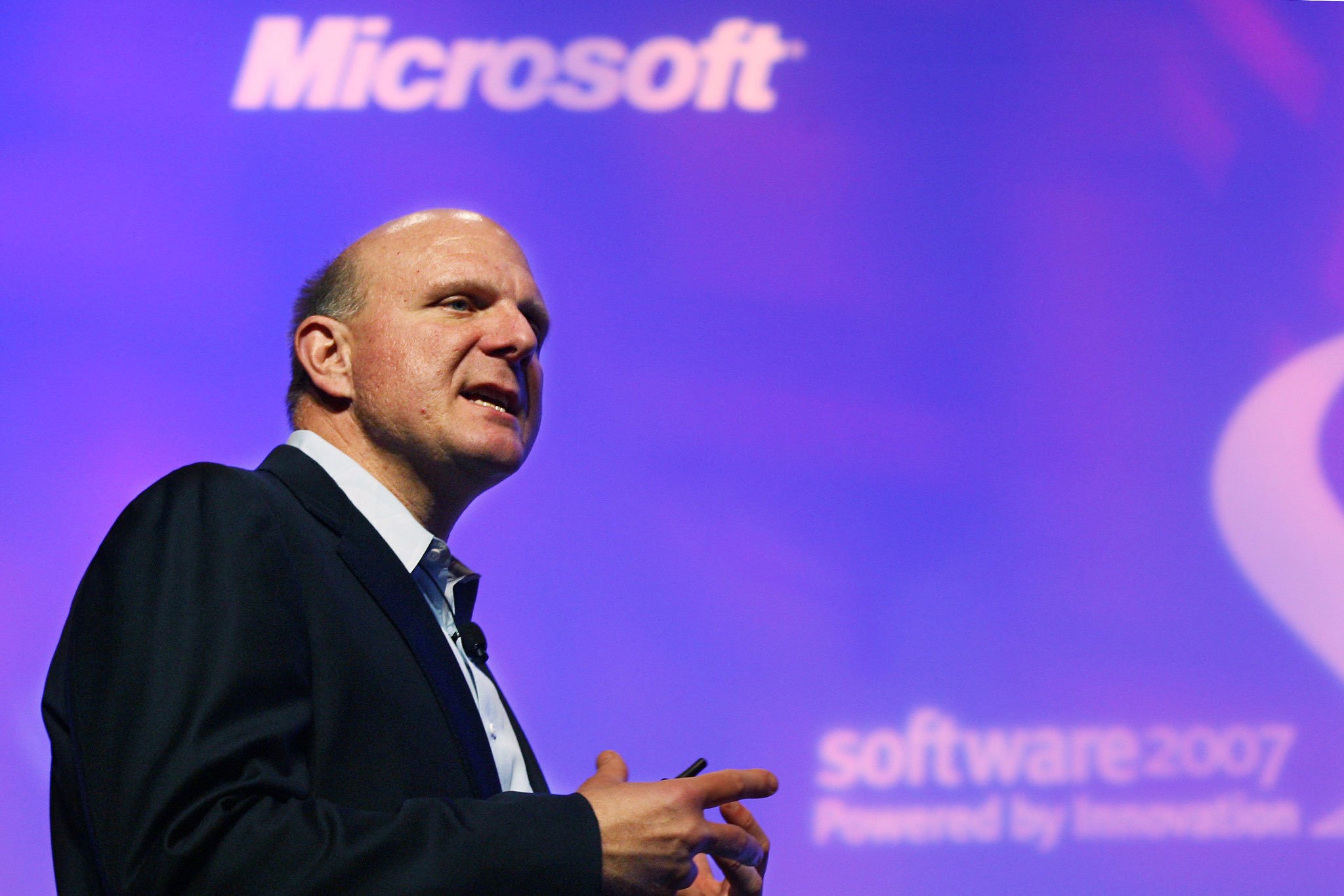
Another issue facing the Microsoft Store is its reputation. That reputation is especially bad for gaming, but there are a number of other issues that are worth noting.
Despite Steve Ballmer's classic viral video screaming about developers, Microsoft has hit some bumps in the road with them. Multiple restarts of the Windows or Microsoft Store and other issues have left some burned out when it comes to developing for Windows. Additionally, there are some concerns about the fact that Microsoft announced a new income model for developers a year ago but we have yet to see it roll out.
But that doesn't mean Microsoft isn't a resource for developers. The Microsoft Store is the only place where you can reuse such a high amount of code to deploy across different form factors. The app review process has gotten significantly better recently, as well, meaning that good apps are easier to find. When I talked to Fox, we joked about how the Microsoft Store used to be full of blatant scam apps. While some of those still exist, this is much less of an issue today.
Some users also have had issues with the Microsoft Store. Once a user has an issue with something they're new to using, they're likely to go back to what they know works. Download update bugs, a poor search function, and other issues have alienated many users from the Microsoft Store.
I personally enjoy the Microsoft Store for apps, but I have had to have some patience with it.
One of the biggest issues for users is that much-discussed app gap. That's closed dramatically over the last few years, but I imagine many users search for a few apps, don't find them, and then assume they aren't there.
So what is the state of the Microsoft Store?
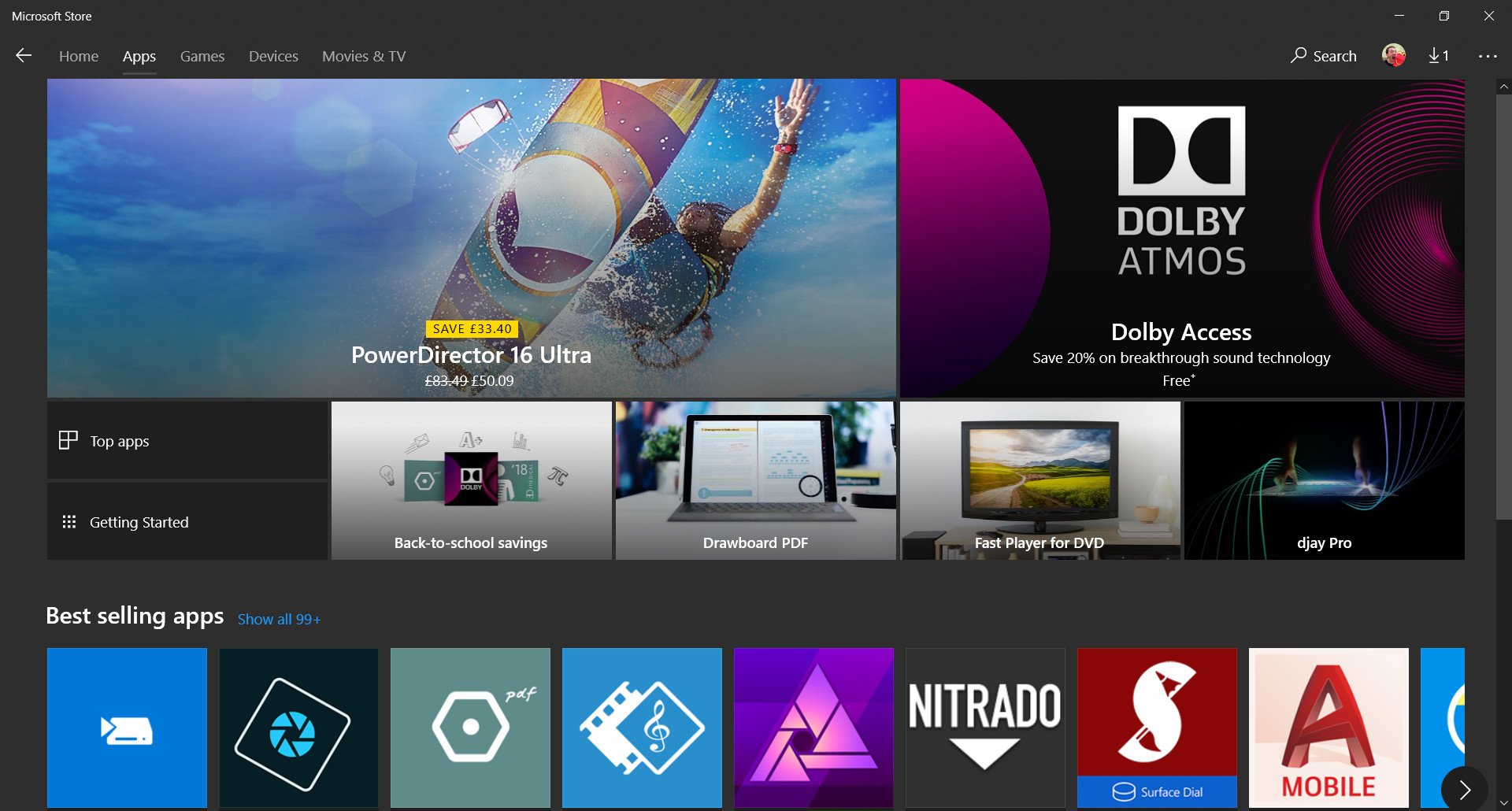
After weeks of speaking with developers and looking through different aspects of the Microsoft Store, I've come away with a different perspective of it. While it may seem like a failure if measured strictly against the dream of an app store that has iOS levels of developer support, but for every form factor, it is a success in other ways.
Microsoft has repositioned the Microsoft Store as a tool to make it a more viable option for users downloading apps safely from one place. With the exception of Chrome and a few other apps, I think a large number of casual consumers could get their apps from just the Microsoft Store and be fine, though I doubt many do this. If people can't use just apps from the Microsoft Store now, it will be more likely once Edge runs on Chromium and makes Windows 10 into a Chrome-like OS with Windows apps. Of course, users will still have the option to get apps from other locations unless they stick to S Mode or Windows Santorini.
The Microsoft Store has its flaws of course, but the people at Microsoft have made a number of improvements that I think are largely unappreciated by people who only tried the Microsoft Store when Windows 10 first came out.
What do you think the state of the Microsoft Store is? Has it improved in your eyes since its release? What does Microsoft need to do to improve it further? Let us know in the comments.

Sean Endicott is a tech journalist at Windows Central, specializing in Windows, Microsoft software, AI, and PCs. He's covered major launches, from Windows 10 and 11 to the rise of AI tools like ChatGPT. Sean's journey began with the Lumia 930, leading to strong ties with app developers. Outside writing, he coaches American football, utilizing Microsoft services to manage his team. He studied broadcast journalism at Nottingham Trent University and is active on X @SeanEndicott_ and Threads @sean_endicott_.
